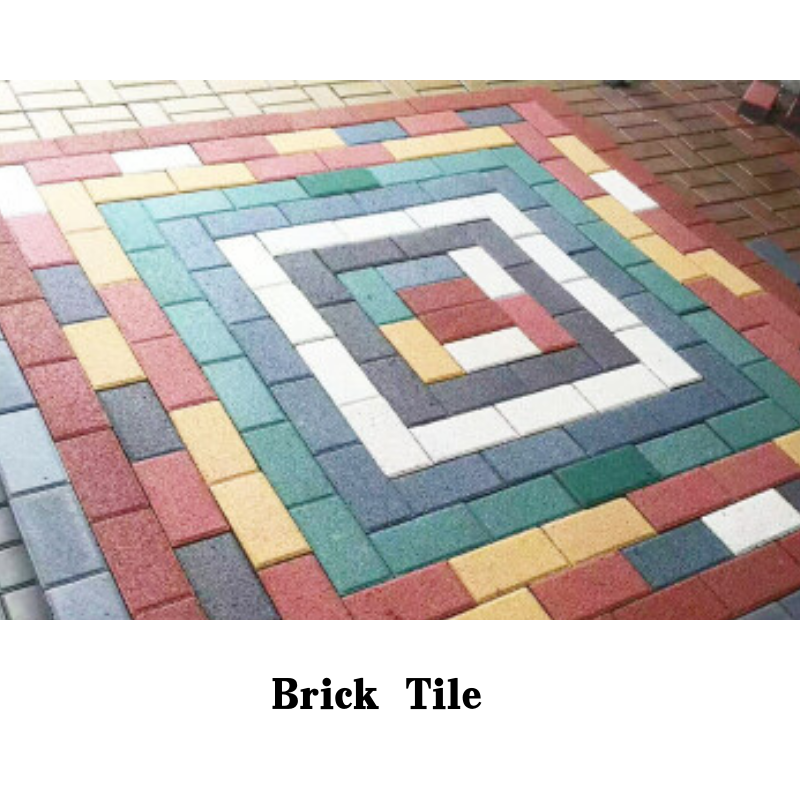
Exploring the Characteristics and Applications of China Rutile-Type Titanium Dioxide for Industrial Use
The Role of Rutile Type Titanium Dioxide in China’s Industrial Landscape
Rutile type titanium dioxide (TiO2) is a prominent material in various industries due to its exceptional properties, including high refractive index, excellent UV resistance, and superb opacity. In recent years, China has emerged as a leading producer and consumer of titanium dioxide, particularly the rutile form, which is highly sought after for a wide range of applications.
The Role of Rutile Type Titanium Dioxide in China’s Industrial Landscape
China's dominance in the rutile TiO2 market can be attributed to several factors. The country boasts abundant natural resources, including ilmenite, which is a primary source of titanium. This gives Chinese manufacturers a competitive edge in raw materials and production costs. Furthermore, China has invested heavily in advanced technologies and facilities to enhance the production efficiency and environmental sustainability of TiO2 manufacturing. As a result, Chinese companies are not only producing large quantities of rutile TiO2 but are also improving the quality and compliance with international standards.
china rutile type titanium dioxide

Moreover, the demand for rutile type titanium dioxide is expected to grow significantly in the coming years, driven by increasing urbanization and industrialization within China and across the globe. The paint and coatings industry alone represents a substantial market for TiO2, with a growing preference for eco-friendly and high-performance products. As industries shift towards more sustainable practices, rutile TiO2, known for its non-toxic properties, is likely to see expanded use in applications that require compliance with environmental regulations.
In addition to traditional uses, rutile TiO2 is also gaining traction in emerging sectors. The photovoltaic industry is one notable example where rutile TiO2 is expected to play a crucial role due to its potential in improving the efficiency of solar cells. Researchers are investigating its application in the development of better coatings for solar panels, which could lead to more efficient energy conversion and durability in outdoor environments.
Despite its advantages, the rutile TiO2 industry in China faces challenges. Environmental concerns surrounding mining and production processes have prompted regulatory scrutiny. Companies are under pressure to adopt greener practices and reduce waste and emissions associated with TiO2 production. Furthermore, as the global market becomes increasingly competitive, Chinese manufacturers must innovate continually to maintain their market position against international players.
In conclusion, rutile type titanium dioxide is a vital component of multiple industries, significantly influencing China’s economic landscape. The country’s commitment to advancing production technologies and sustainable practices will be key to harnessing the full potential of rutile TiO2. As demand continues to rise in both traditional and emerging markets, China's role in the global titanium dioxide landscape will likely remain central, shaping the future of this crucial material. The interplay between industrial growth and environmental responsibility will define the next chapter for rutile TiO2 in China and beyond.
Share
-
Premium Resin Coated Sand - High Heat Resistance CastingNewsJul.31,2025
-
High Quality Silicon Carbide Grit for Abrasive ApplicationsNewsJul.30,2025
-
High-Quality Ceramsite for Plants & Gardening | Lightweight PebblesNewsJul.29,2025
-
Premium Burgundy Glass Marbles for Vases & Shooter GamesNewsJul.29,2025
-
High Purity Quartz Sand for Industrial and Ground ApplicationsNewsJul.29,2025
-
High-Quality Barite Powder for Drilling & Industrial UseNewsJul.29,2025






